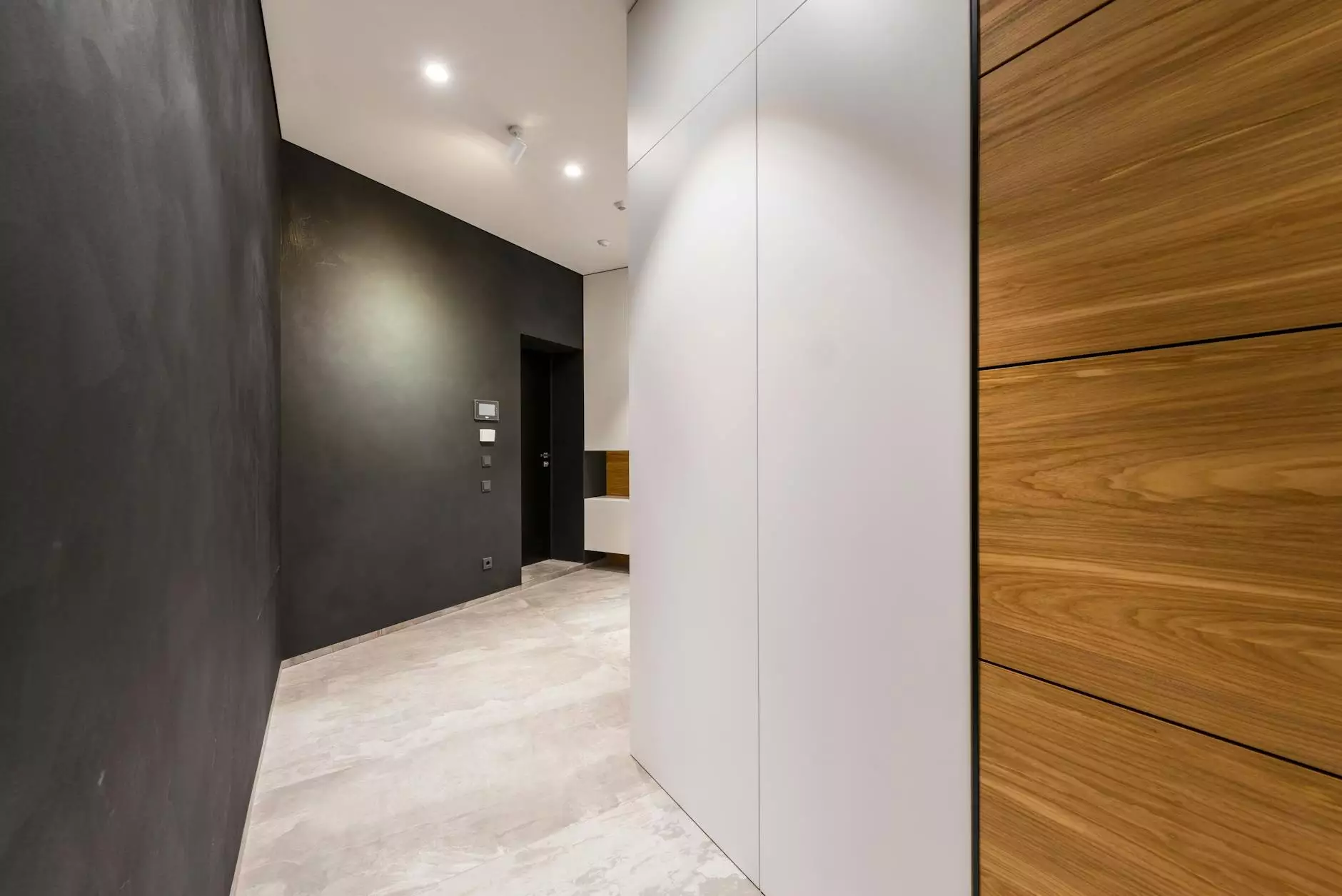The Transformative Power of Site-Specific Light Art

In the ever-evolving realm of contemporary art, site-specific light art stands as a beacon of innovation and creativity. This dynamic form of art integrates light—whether it be natural, artificial, or a blend of both—into specific locations, creating immersive experiences that captivate audiences and transform ordinary spaces into extraordinary realms. From urban landscapes to quiet parks, the footprint of site-specific light art is a testament to the power of illumination in artistic expression.
Understanding Site-Specific Light Art
Site-specific light art refers to artistic pieces that are expressly designed for a particular location, taking into account the environment, architecture, and context of the space. This art form transcends traditional gallery settings, inviting viewers to engage with art in their daily lives. The importance of context cannot be overstated; the relationship between the art piece and its surroundings creates a dialogue that enhances the viewer's experience.
Artists often utilize a variety of materials, techniques, and technologies to manifest their visions. The use of light is particularly powerful, as it can alter perception, evoke emotions, and challenge our understanding of space. For example, a simple installation that reflects changing light conditions throughout the day can provoke contemplation on the passage of time and our interactions with the environment.
Historical Context and Evolution
The history of site-specific light art can be traced back to the mid-20th century, when artists began to experiment with light as a medium. Artists like Dan Flavin and James Turrell pioneered the use of light in their works, creating installations that would redefine the way we interact with and perceive space. Their contributions laid the groundwork for contemporary artists to explore this medium further, giving rise to an entirely new category of artistic expression.
Key Moments in the Development of Site-Specific Light Art
- 1960s: The groundwork is laid by trailblazers like Dan Flavin, who utilizes fluorescent light in minimalist forms.
- 1970s: Artists such as James Turrell focus on the perception of light and space, pushing boundaries through immersive installations.
- 1980s and beyond: A revival of public art initiatives leads to the commissioning of large-scale light installations, often in urban centers.
The Aesthetic Impact of Site-Specific Light Art
The aesthetic impact of site-specific light art is profound. These installations not only beautify spaces but also foster a sense of connection between communities and their environments. By transforming public areas into visually stunning works, artists challenge conventional notions of art and accessibility. This shift towards engaging public spaces is critical in promoting art as a shared experience.
The Role of Public Engagement
Public engagement is a cornerstone of site-specific light art. Unlike traditional art forms confined to galleries, light art invites the community to become active participants. Such installations often serve as backdrops for gatherings, events, and activities, thus creating a living canvas that evolves with the interactions of its visitors.
Prominent Examples of Site-Specific Light Art
The world of site-specific light art boasts numerous breathtaking installations that each tell a unique story. Here are a few notable examples:
1. "The Gates" by Christo and Jeanne-Claude
Set in Central Park, New York City, "The Gates" was an installation of 7,503 shimmering, fabric panels that transformed the landscape. The interplay of light with the orange fabric created an ethereal effect, enhancing the experience of walking through the park.
2. "SkySpace" by James Turrell
James Turrell's "SkySpace" installations are perfect exemplars of site-specific light art. These structures, often located in peaceful natural settings, frame the sky as a dynamic canvas. Inside, visitors sit enthralled as the changing light creates mesmerizing visuals, connecting them profoundly with nature.
3. "Light Reign" by Grimanesa Amoros
Renowned artist Grimanesa Amoros creates stunning light installations that reflect themes of community and nature. Her work "Light Reign" uses advanced LED technology to engage viewers as it illuminates and animates urban spaces, demonstrating how light can be a source of empowerment in public art.
The Technological Innovations in Site-Specific Light Art
The integration of technology in site-specific light art has exponentially broadened the creative possibilities. Artists are now leveraging technological advancements to push the boundaries of traditional art forms and engage audiences in innovative ways.
Lighting Technologies
- LED Lighting: Energy-efficient and versatile, LEDs allow for greater creativity in both color and form.
- Projection Mapping: This technology transforms buildings and public spaces into a dynamic display surface, bringing life through light to the static environment.
- Interactive Installations: Utilizing sensors and responsive technologies, these artworks adapt to viewer movements, creating a personalized experience.
Creating Meaningful Experiences Through Light Art
Light has the extraordinary capacity to evoke emotions and create memorable experiences. In site-specific light art, this potential is harnessed to foster a deeper connection between the viewer and the environment. Artists like Grimanesa Amoros understand that their installations are not merely visual spectacles but are rich narratives that explore themes of identity, culture, and place.
Experience the Connection
When viewers encounter site-specific light art, they become part of the artwork itself. This interactivity creates a unique bond, encouraging contemplation and dialogue around the themes presented. This approach ensures that the art resonates far beyond the transient moment of engagement, leaving lasting impressions and memories.
Art as a Catalyst for Change
Art has the power to inspire, motivate, and challenge societal norms. Site-specific light art serves as a catalyst for change by addressing important issues and fostering community engagement. Through illumination, artists shine a light on social, environmental, and cultural narratives that compel viewers to reflect and act.
Social Impact
Many artists use their work to highlight critical social issues, encouraging discussions around topics such as sustainability, identity, and community health. For instance, light installations can be utilized to raise awareness about climate change, urban development, or cultural heritage, transforming them into engaging dialogues that resonate with the audience.
Future Trends in Site-Specific Light Art
The future of site-specific light art is ripe with possibilities. As artists continue to innovate, we can expect to see even more immersive and interactive installations that engage audiences in profound ways.
1. Sustainability in Art
With growing awareness of environmental issues, many artists are turning towards sustainable practices. This includes using eco-friendly materials and energy sources, which aligns with the global movement towards sustainability in the art world.
2. Augmented Reality and Light Art
Augmented reality has made its way into the art scene, allowing viewers to interact with light installations in unprecedented ways. Artists are combining traditional installations with digital components, creating layered experiences that enhance viewer engagement.
Conclusion
Site-specific light art is more than just an artistic expression; it is a powerful tool for connection, engagement, and change. It elevates our surroundings, encouraging communities to interact with their environments creatively. As we delve deeper into the unequivocal bond between light and space, we open up new avenues for dialogue and understanding in our urban landscapes.
To explore more about the intricate world of site-specific light art, visit Grimanesa Amoros, where art illuminated by innovation awaits to transform your perceptions and experiences.









